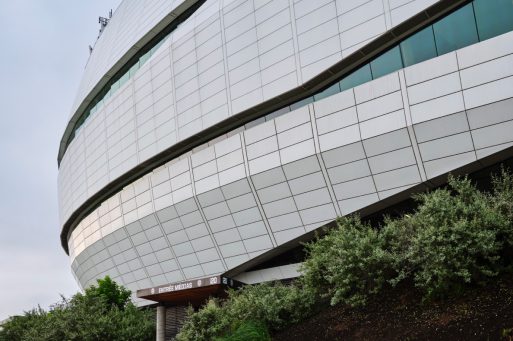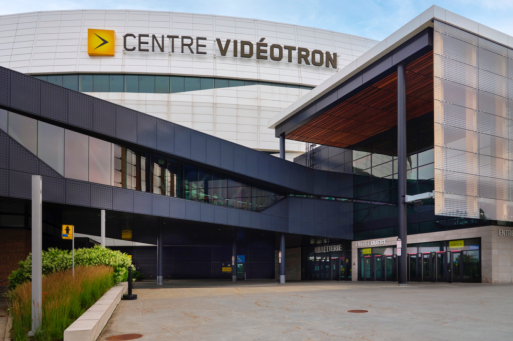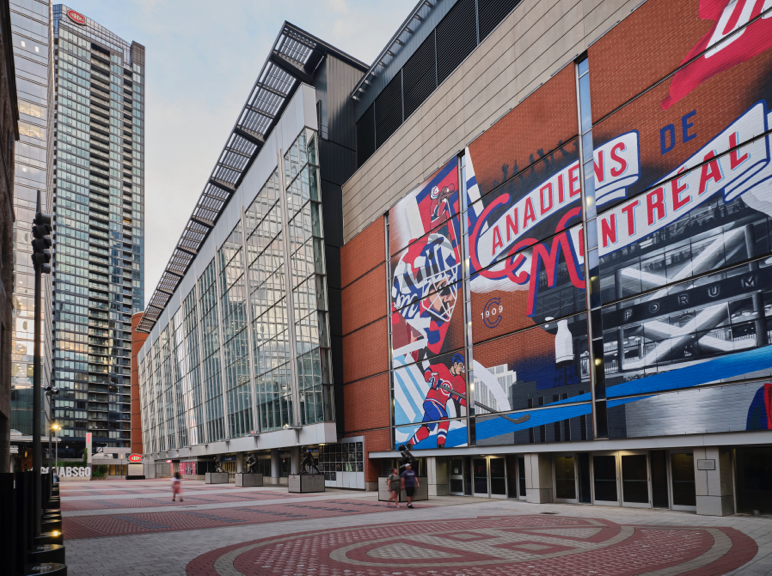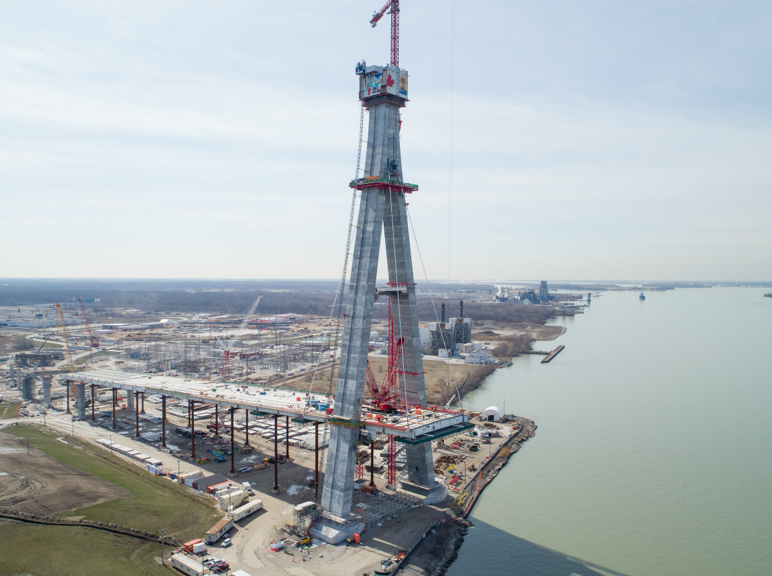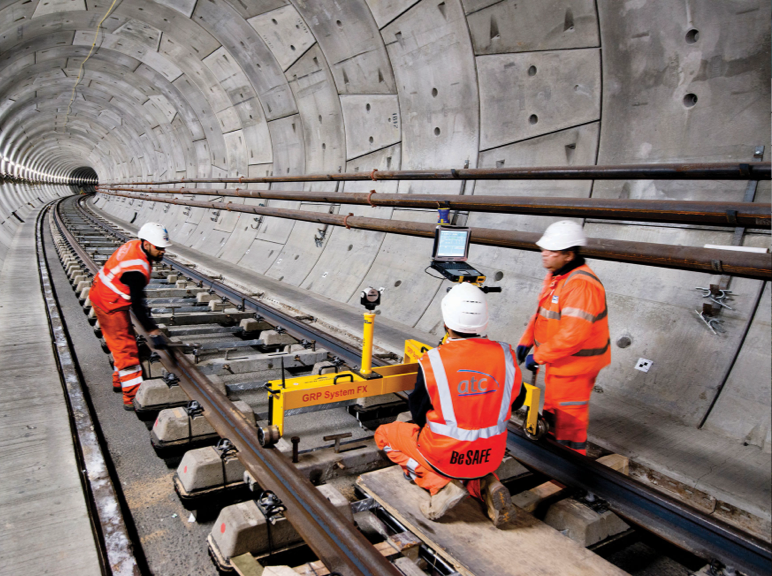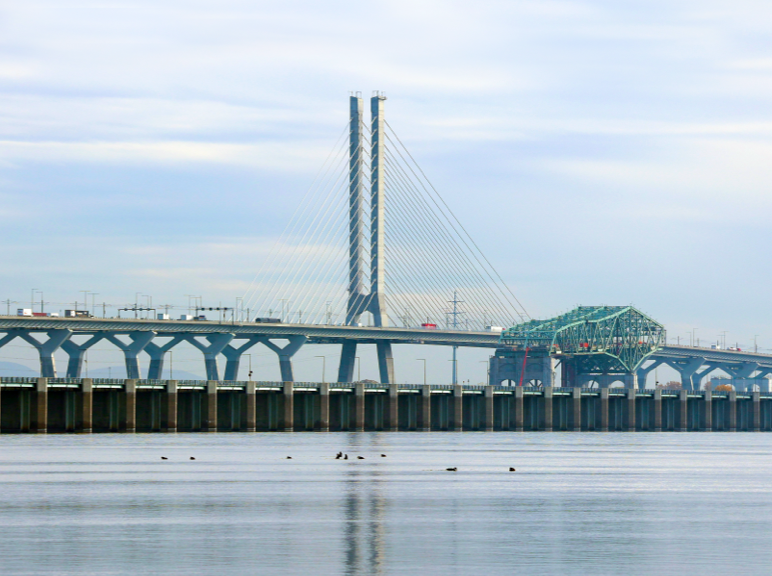The entrance way, enclosed in glass, is an immersive sensory experience, which brings visitors into the main building with integrated open concourses and amphitheatre bowl on two levels. The 65,037m² oval centre holds 18,310 seats for sporting events, and 20,500 for entertainment and boasts 1,800m² of state-of-the-art video screens and over 1,000 loudspeakers that envelope spectators with high-quality sound, immersing them in the experience of every event they attend.
